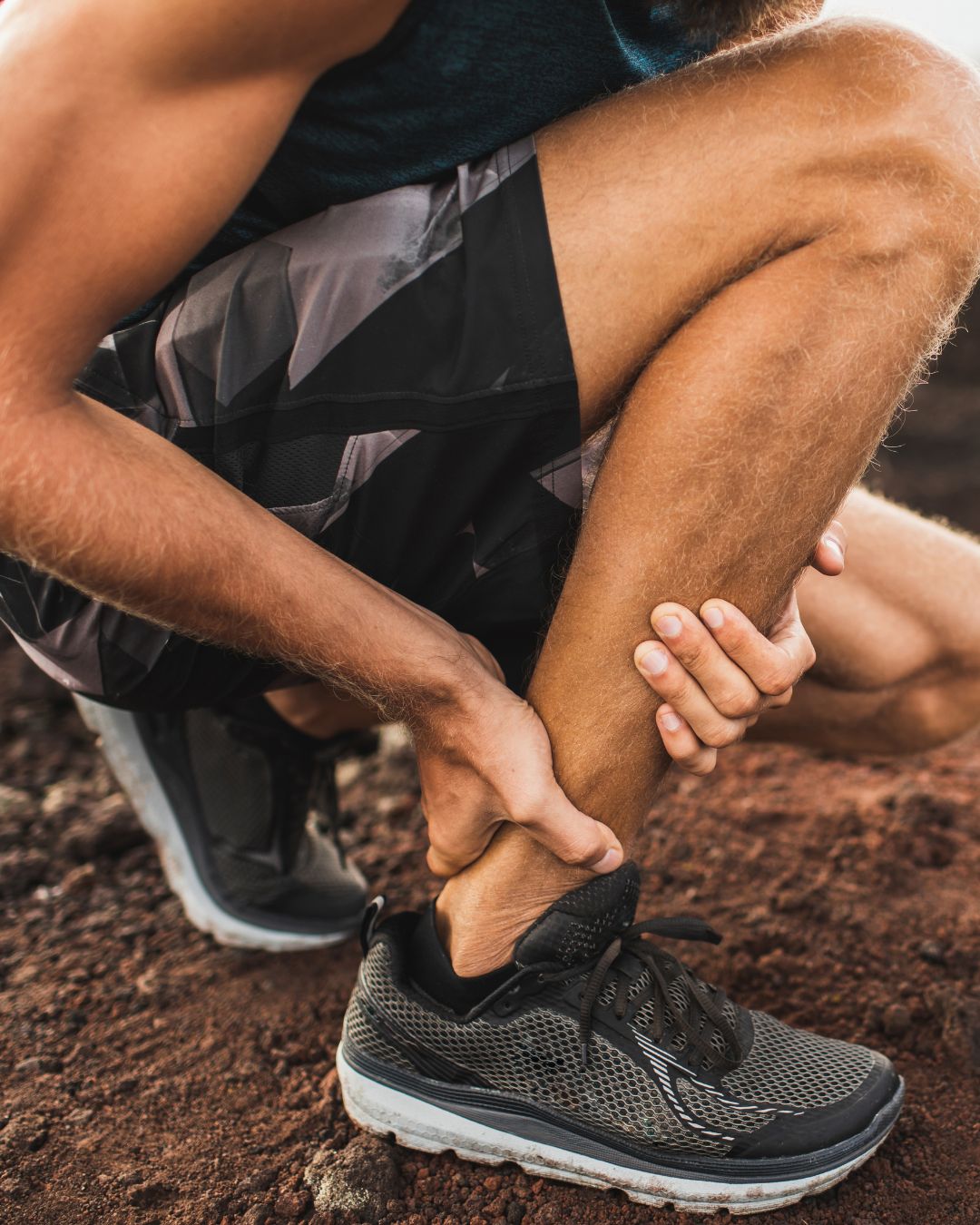
Achilles Tendinitis Treatment in Bend, OR
The Achilles tendon is a fibrous band of tissue that connects the muscles of the calf to the back of your heel. The strength and flexibility of this tissue are important for everyday movements such as walking or climbing stairs to dynamic movements with sports and recreation such as jumping, cutting, and running. If the tendon becomes inflamed, swollen, and irritated, it can lead to tendonitis.
Achilles tendonitis is one of the most common causes of pain in the heel, tendon pain, or distal calf pain. It is caused by overuse or repetitive strain on the tendon but may also be the result of a singular injury. We see two types of Achilles tendinitis in the clinic: Non-insertional Achilles tendinitis and insertional Achilles tendonitis. Non-insertional Achilles tendonitis is more common in younger active people and results from the breakdown of the mid-belly tendon fibers. Pain is usually local to the site of the pain. Insertional tendinitis can occur at any age regardless of activity levels and is the result of inflammation and strain over the attachment of the tendon to the calcaneus (heel bone). Bone spurs or bursa inflammation often form with this type.
Achilles tendinitis is a fairly common condition. However, it can be particularly stubborn to quick healing. This is due to a few factors. One, the calf muscles are involved in both static postural movements as well as dynamic movements. This, along with the fact humans walk, makes it difficult to rest the affected tissue. Two, and more commonly related to prolonged recovery times, is unlike muscle tissue, tendons do not get a significant supply of blood. Blood delivers fluid and nutrients that are essential for healing. The less blood is delivered, the longer it takes for tissue to heal. Add to that the sheer size of the Achilles tendon, and you’re in for a lengthy recovery.
What Treatment Options Work for Achilles Tendinitis
The best treatment for Achilles tendinitis can vary depending on the severity of the symptoms and whether this is an acute or chronic condition. Rest, ice, compression, and elevation (RICE) are often the first steps in treatment. Modifying training and proper shoewear when applicable are also recommended. Physical therapy is particularly suited to address the factors that lead to Achilles tendinitis and stimulate your recovery. In severe cases or when a rupture has occurred, surgery is recommended.
How Can Physical Therapy Improve Achilles Tendinitis?
Alpine’s team of Physical Therapists is skilled in the treatment of both acute and persistent Achilles tendinitis. We will evaluate your movement patterns, flexibility, and strength and design a personalized exercise program addressing your unique symptoms and goals. Treatment is designed to reduce pain and inflammation while increasing tendon strength to promote return to activity and prevent future injury. Some common physical therapy treatments for Achilles tendinitis include:
- Eccentric exercises: These exercises focus on lengthening the Achilles tendon while it’s under tension. Improved tensile strength of the tendon results in better load tolerance of the tendon to daily movement and activity. Strength deficiencies of the core, hip, and lower leg will also be addressed when indicated.
- Movement Analysis: Achilles tendinitis is often the result of altered or inefficient movement patterns. We will address your movement (walking, running, jumping) to address the strength, flexibility, and coordination factors contributing to the tendinitis.
- Stretching: Not all Achilles tendons respond well to traditional stretches. Your PT will instruct you in movements and stretches based on your presentation and educate you on when to progress stretching vs ease off to assist in your recovery.
- Manual Therapy: Soft tissue mobilization and Joint manipulation address restrictions in the myofascial system and joints of the lower leg and foot that contribute to Achilles tendinitis. Massage is also helpful to reduce pain and inflammation in the acute stage.
- Modalities: Contrast Therapy (Hot and cold therapy) can effectively relieve the pain and swelling associated with Achilles tendinitis. The treatment can also help increase blood flow and relax muscles, which can help to promote healing and reduce stiffness. Ice massage, Iontophoresis, ultrasound, and electrical stimulation may also be used if/when clinically indicated.
- Kinesiology taping: Kinesiology taping is often used to treat Achilles tendinitis because it can help support the affected tendon and relieve pain and inflammation. Taping is also used to support the arch of the foot imprint load tolerance of the affected tendon
- Shoewear Recommendations: Proper shoe wear, heel lifts, or orthotics can be used to treat Achilles tendinitis by helping to reduce stress and pressure on the affected tendon and distribute weight more evenly across the foot, which can help to reduce strain on the Achilles tendon. They can also correct any underlying structural problems in the feet that may contribute to the development of Achilles tendinitis.
Let's Get Started. Finding an Achilles Tendinitis Physical Therapist in Bend, OR
Are you experiencing acute tendinitis, or have you been dealing with stubborn on-and-off symptoms? Consider Alpine Physical Therapy to get you on the road to recovery. By seeking treatment early, you can help to reduce the risks associated with long term complications of tendinitis and improve your chances of a full recovery. As active Central Oregonians, some on our team have experienced this condition first hand and have unique knowledge in treating this condition. Let’s get you back out there!
Our physical therapists come from various backgrounds, each with different areas of expertise. When you call for an appointment, we can help pair you with a physical therapist best suited to your concern. Our physical therapists are adept at treating Achilles tendinitis and look forward to meeting you.